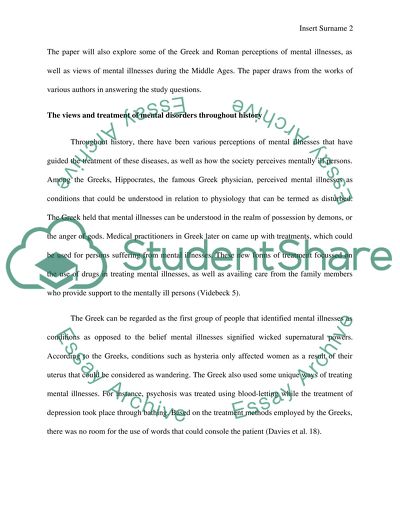Cite this document
(Persons Suffering from Mental Illnesses Term Paper, n.d.)
Persons Suffering from Mental Illnesses Term Paper. Retrieved from https://studentshare.org/health-sciences-medicine/1404520-treatment-techniques-of-mental-illnesses
Persons Suffering from Mental Illnesses Term Paper. Retrieved from https://studentshare.org/health-sciences-medicine/1404520-treatment-techniques-of-mental-illnesses
(Persons Suffering from Mental Illnesses Term Paper)
Persons Suffering from Mental Illnesses Term Paper. https://studentshare.org/health-sciences-medicine/1404520-treatment-techniques-of-mental-illnesses.
Persons Suffering from Mental Illnesses Term Paper. https://studentshare.org/health-sciences-medicine/1404520-treatment-techniques-of-mental-illnesses.
“Persons Suffering from Mental Illnesses Term Paper”, n.d. https://studentshare.org/health-sciences-medicine/1404520-treatment-techniques-of-mental-illnesses.


